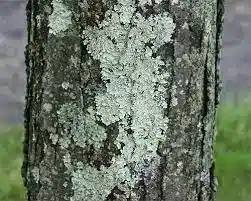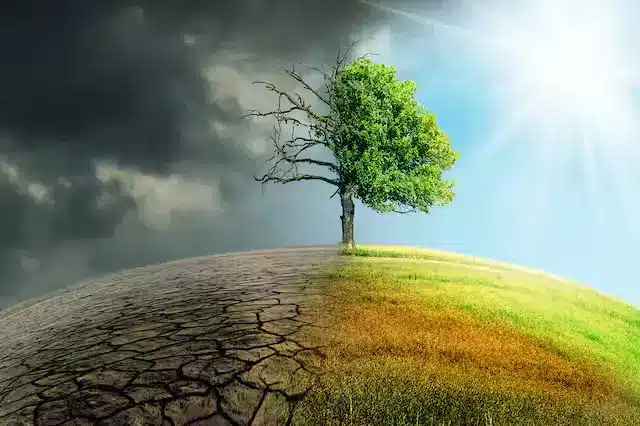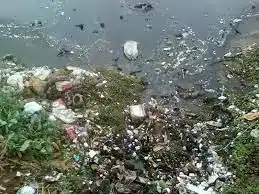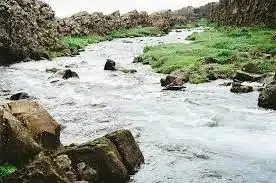Biomagnification
The process of a buildup of certain chemical substances or toxins at the higher trophic levels of a food chain is termed as Biomagnification.
- The chemical substances include certain toxins, heavy metals, mercury and other harmful products at a higher concentration.
- As these substances increase and accumulate, it moves up in a food chain. When these contaminated substances are consumed by different levels of organisms in a food chain, it results in severe health hazards.
Bioaccumulation
The process of accumulating toxic chemicals such as pollutants, pesticides and other toxins directly into the human body either through air, water, food intake, or directly through the skin is termed as Bioaccumulation.
- As this toxic compound accumulates within the human body, it increases the risk of chronic poisoning and other severe health disorders.
Difference between Biomagnification and Bioaccumulation
| Biomagnification | Bioaccumulation |
| An increased concentration of a toxic chemical, the higher an animal is on the food chain. | Accumulation of a toxic chemical in the tissue of a particular organism. |
| An increase in the level as one moves higher in the food chain. | An increase in the concentration of a substance inside an organism |
| An increase in the concentration of a pollutant in an organism. | An increase in the concentration of pollutants as they move from one trophic level to the next. |
| Biomagnification takes place between two given trophic levels. | Bioaccumulation takes place or occurs within a given trophic level |
| The transfer of pollutants and other absorbed toxins from the microscopic aquatic organisms into the small fish, which are later consumed by the larger fish and other aquatic animals. | Buildup or accumulation of mercury in fishes and other aquatic animals. |
Bioconcentration
Bioconcentration is the accumulation of a chemical in or on an organism when the source of chemical is solely water.
In surface water, the BCF(Bioconcentration factor) is the ratio of a chemical’s concentration in an organism to the chemical’s aqueous concentration. BCF is often expressed in units of liter per kilogram (ratio of mg of chemical per kg of organism to mg of chemical per liter of water).
Difference Between Biomagnification, Bioaccumulation, and Bioconcentration
The process of a buildup of certain chemical substances or toxins at the higher trophic levels of a food chain is termed as Biomagnification. This often occurs because the pollutant is persistent, meaning that it cannot be, or is very slowly, broken down by natural processes. These persistent pollutants are transferred up the food chain faster than they are broken down or excreted.
In contrast, bioaccumulation occurs within an organism, where a concentration of a substance builds up in the tissues and is absorbed faster than it is removed. As this toxic compound accumulates within the human body, it increases the risk of chronic poisoning and other severe health disorders. Bioaccumulation often occurs in two ways, simultaneously: by eating contaminated food, and by absorption directly from water. This second case is specifically referred to as bioconcentration.
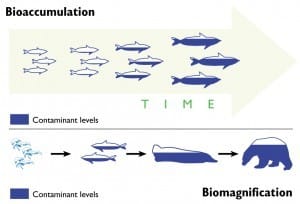
Conclusion
Bio-accumulation, Bio-concentration, and Bio-magnification are three different concepts. Bio-accumulation refers to an increase in the concentration of a substance in certain tissues of an organism’s body. While Bioaccumulation occurs when an organism absorbs a toxic substance from all sources at a rate greater than that at which the substance is lost. Bioconcentration occurs when an organism absorbs a toxic substance from ONLY Water at a rate greater than that at which the substance is lost.
Here, we note that Bioaccumulation and Bioconcentration are synonymous except the difference of the source. Both Bioaccumulation and Bioconcentration occur in the same organism. However, Biomagnification occurs across various trophic levels in a food chain.
An example: phytoplankton and other microscopic organisms take up methylmercury and then retain it in their tissues. Here, mercury bioaccumulation is occurring: mercury concentrations are higher in the organisms than it is in the surrounding environment. As animals eat these smaller organisms, they receive their prey’s mercury burden. Because of this, animals that are higher in the food chain have higher levels of mercury than they would have due to regular exposure. With increasing trophic level, mercury levels are amplified.
Also refer:
- Download the pdf of top 50 Science Questions From Previous Year UPSC Prelims
- Free General Studies Notes


